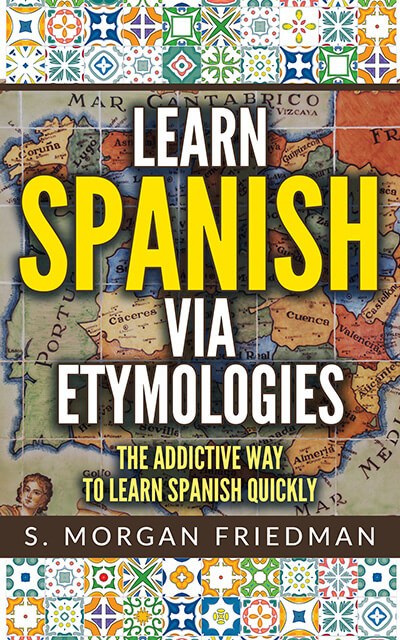Cadena (Spanish for “chain”) is a cousin of chain itself. Both come from the Latin for the same: catena.
The English chain is disfigured from the original for a few reasons. Since the English came to our language via the French, the initial c- changed into a ch-, as so often French does. French additionally has a tendency to drop letters: the middle -d- in this case. Thus, the c-(d)-n of cadena maps to the ch-n of chain!
From the same root, we have a more obvious connection–but a more obscure word. Concatenate, a nerdy word meaning “to add together” that really only software developers remember these days, comes from the same root. We can thus see the c-d-n of cadena very easily in the c-t-n of concatenate, remembering the very common -d- and -t- swapping. Concatenate begins with the con- prefix (“together” in Latin, like the Spanish “con”) — and what is a concatenation, if not just adding together a bunch of nodes in a chain?

